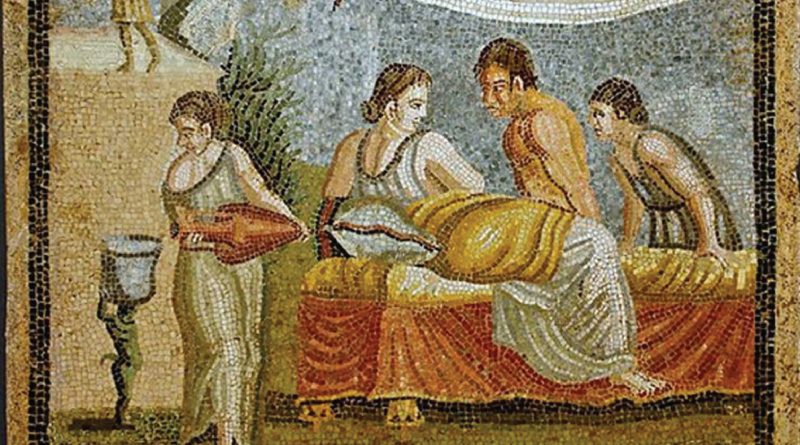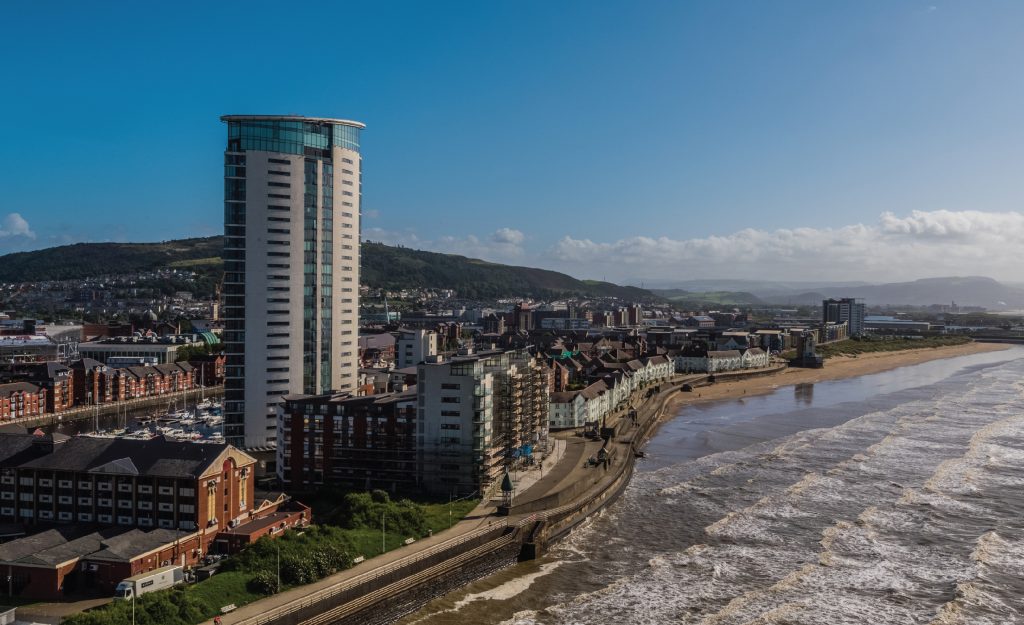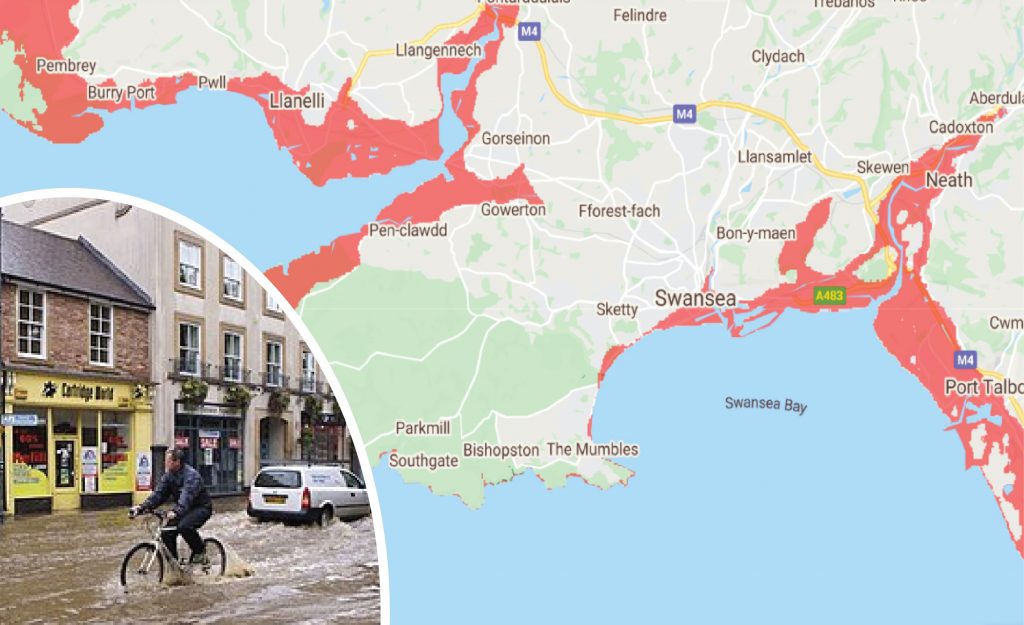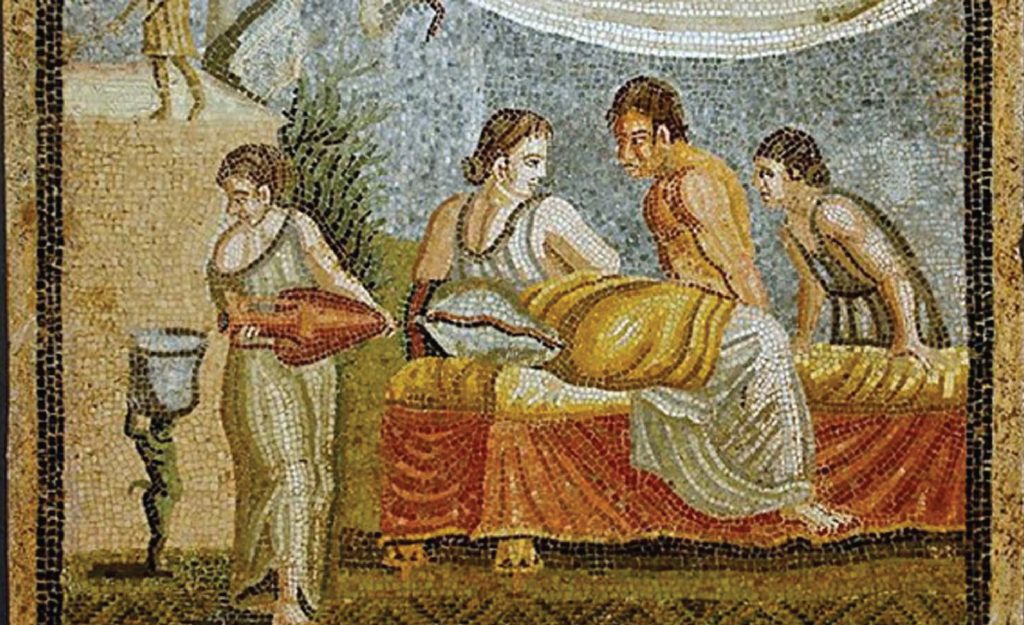THE ROMAN PROSTITUTE FROM GOWER
The humans race has been clever for a long time, and we have always been curious. In 1822 we were every bit as curious and adventurous as we are today, and The Gower was a gem to explore.
It was in 1822 that Daniel Davies and the Rev John Davies found an intriguing discovery between Port Eynon and Rhossili. Initially stating ‘Animal bones, including the ‘tusk of an elephant’ in a limestone cave.
The Talbot family of Penrice Castle were informed (who else would you want to tell?) about the discover of “bones of elephants” on 27 December 1822. William Buckland, Professor of Geology at Oxford University arrived on 18 January 1823 to search some more. He spent a week at Goat’s Hole (the name of the limestone cave).
Skeleton
He spoke about his findings in his book:-
I found a skeleton enveloped by a coating of a kind of ruddle … which stained the earth, and in some parts extended itself to the distance of about half an inch [12 mm] around the surface of the bones … Close to that part of the thigh bone where the pocket is usually worn surrounded also by ruddle [were] about two handfuls of the Nerita littoralis [periwinkle shells]. At another part of the skeleton, viz in contact with the ribs [were] forty or fifty fragments of ivory rods [also] some small fragments of rings made of the same ivory and found with the rods … Both rods and rings, as well as the Nerite shells, were stained superficially with red, and lay in the same red substance that enveloped the bones
The skeleton he speaks of was human and Buckland believed it to be a Roman woman that ‘could not be older than the Biblical Great Flood’ (2348 BC). Buried with decorative items including seashell necklaces and jewellery thought to be made out of elephant ivory, it is incredible to think that nearly 200 years ago there were experts discovering skeletons dyed in red and were decorated with jewellery 4,000 years ago. Buckland went further and stated that the woman would have either been a prostitute or a witch.
Change of thoughts
Over the last two hundred years, science has slowly proved that Buckland was incredibly wrong. Pretty much as wrong as he could possibly be. It is possible that the skeleton was a prostitute or a witch but we are certain that these bones are male.
The most recent estimate, thanks to carbon dating has the skeleton at 33,000 years old, nearly ten times older than at first thought. It looks like he was around before Noah and his arc.
It is a fine example of how religion held science back in some fields for centuries. From the ancient Greeks and the stars to caves in the Gower. Logically, if you are to believe wholeheartedly that there was a great flood that covered the whole planet in 2348 BC, then no such ‘shrine’ could remain intact from before then.
The remains were not of bones but were fossils, the tusks were not of elephants but of mammoths. To give you a sense of how old this is (because numbers don’t always work) at the time of the burial, this cave, which is now on the Gower coast was 70 miles from the sea.
Gower with no sea
It is difficult to comprehend that there were 70 miles of land under the sea which 33,000 years ago men like this skeleton were walking on, hunting on and making jewellery on.
The finding is still dubbed ‘The Red Lady of Paviland’. Modern day Bone protein analysis indicates that he lived on a diet of between 15% and 20% fish. Considering the distance from the sea, this suggests that this early human may have been semi-nomadic, or that the tribe transported the body from a coastal region for burial.
The site is the oldest known ceremonial burial in Western Europe and is on our very doorstep. It is also the earliest modern human found in Britain.







